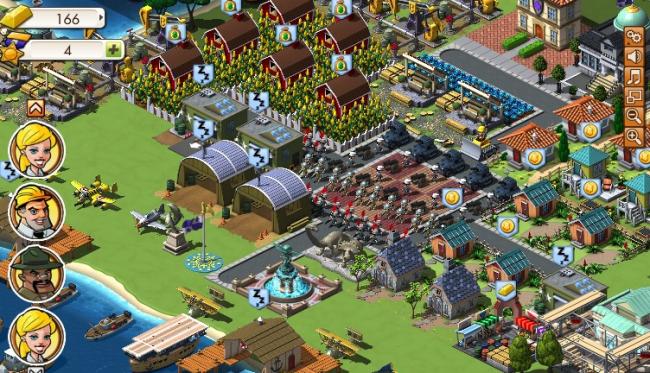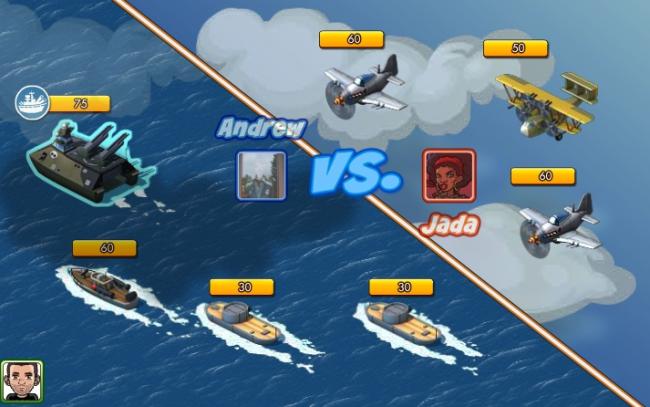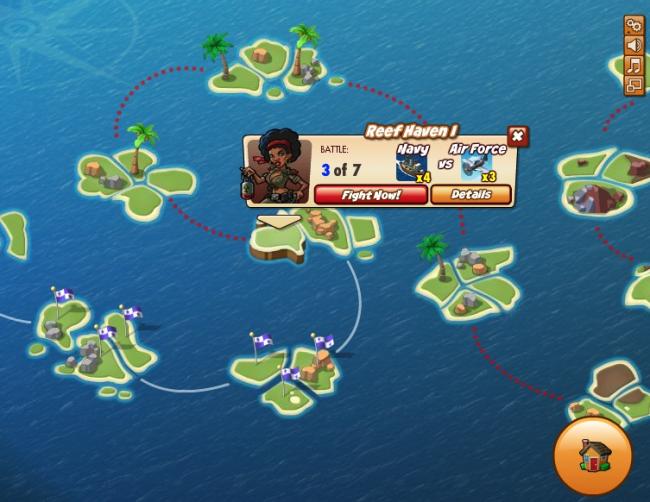- Wondering how to get Monopoly GO! free rolls? Well, you’ve come to the right place. In this guide, we provide you with a bunch of tips and tricks to get some free rolls for the hit new mobile game. We’ll …
Best Roblox Horror Games to Play Right Now – Updated Weekly
By Adele Wilson
Our Best Roblox Horror Games guide features the scariest and most creative experiences to play right now on the platform!The BEST Roblox Games of The Week – Games You Need To Play!
By Sho Roberts
Our feature shares our pick for the Best Roblox Games of the week! With our feature, we guarantee you'll find something new to play!Type Soul Clan Rarity Guide – All Legendary And Common Clans Listed!
By Nathan Ball
Wondering what your odds of rolling a particular Clan are? Wonder no more, with my handy Type Soul Clan Rarity guide.
Empires & Allies Review
Empires & Allies is CityVille with guns. At least, on the surface. It takes the formula that has made CityVille the biggest game to ever grace Facebook, but builds off of it, adding engaging, approachable combat and a narrative that creates a true sense of progression. This leads to an overall better game, and one where you’re doing more than simply building up the biggest island nation possible: you’re also defending it from evil.

Empires & Allies is CityVille with guns, but that’s a good thing
Empires & Allies is CityVille with guns. At least, on the surface. It takes the formula that has made CityVille the biggest game to ever grace Facebook, but builds off of it, adding engaging, approachable combat and a narrative that creates a true sense of progression. This leads to an overall better game, and one where you’re doing more than simply building up the biggest island nation possible: you’re also defending it from evil.
A mysterious being known only as The Raven has assembled powerful forces and used them to decimate your beautiful island nation. It’s safe to say that things aren’t going to well when Empires & Allies begins. So it’s your job to put things back to normal by building homes, collecting resources like wood and oil, and reassembling a military to take the fight to The Raven.

The construction aspect of Empires & Allies will be intimately familiar to anyone who has played CityVille, though there are a few tweaks that put an emphasis on collecting resources. Homes and government buildings provide rent money at pre-determined intervals, while lumber mills, oil rigs, farms, and other facilities provide goods that are used to build up your army. As with CityVille, government buildings are necessary to increase your population, but they also need workers, which can either be your friends or allies purchased with premium currency.
In spite of these tweaks, though, building up your island nation does feel very familiar, right down to the coins, stars, and energy bolts that pop out of buildings, just waiting to be collected. Thankfully the combat portion of the game adds a whole new twist.

You can build a pretty wide range of military units across three different types: ground, air, and water. And these will be used to fight your way through a single player-style campaign. When you go the game’s map you’ll be presented with a large chain of islands, all of which are defended by The Raven’s evil henchmen. In order to get to the man who destroyed your paradise you’ll need to clear all of the islands first.
Combat is turn-based and uses a rock/paper/scissors type of system to determine which units are more efficient against one another. Each unit has a symbol that determines its type, as well as three symbols that represent the type of units that it’s strong against. These symbols are on display at all times, so the strategy lies in bringing the right units with you into battle and then ensuring that they’re used as efficiently as possible once you’re there. The combat is easy to understand, but at the same time, there’s a satisfying level of depth.

Outside of the main campaign, you can still do battle, only with your friends. While you have the option, as in most Facebook games, to visit your friends’ islands and help them out a bit, you can also invade them and steal their resources, be it money or goods. It’s a pretty basic play on a morality system, as you earn black hearts when you’re bad and read hearts when you’re good.
While a lot of the game will feel familiar to the 90 million players of CityVille, Empires & Allies deftly manages to surpass its predecessor thanks to two main additions: combat and narrative. The turn-based battles add a satisfying level of strategy to the game, while the narrative provides more incentive to keep coming back, other than just making your city even bigger. So it may be CityVille with guns, but in this case, that’s good thing.

The good

The bad
More articles...
Monopoly GO! Free Rolls – Links For Free Dice
By Glen Fox
Wondering how to get Monopoly GO! free rolls? Well, you’ve come to the right place. In this guide, we provide you with a bunch of tips and tricks to get some free rolls for the hit new mobile game. We’ll …Best Roblox Horror Games to Play Right Now – Updated Weekly
By Adele Wilson
Our Best Roblox Horror Games guide features the scariest and most creative experiences to play right now on the platform!The BEST Roblox Games of The Week – Games You Need To Play!
By Sho Roberts
Our feature shares our pick for the Best Roblox Games of the week! With our feature, we guarantee you'll find something new to play!Type Soul Clan Rarity Guide – All Legendary And Common Clans Listed!
By Nathan Ball
Wondering what your odds of rolling a particular Clan are? Wonder no more, with my handy Type Soul Clan Rarity guide.







